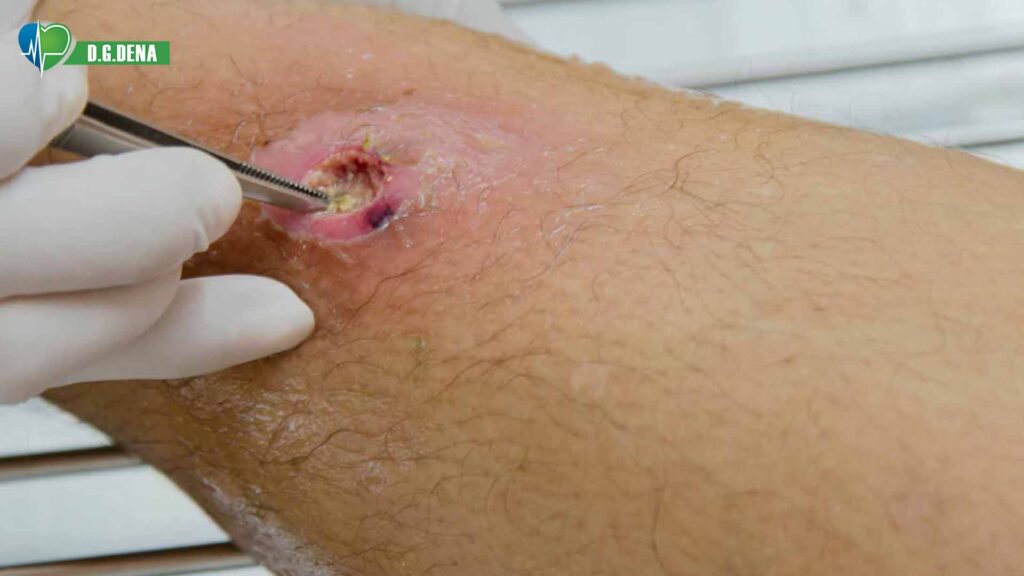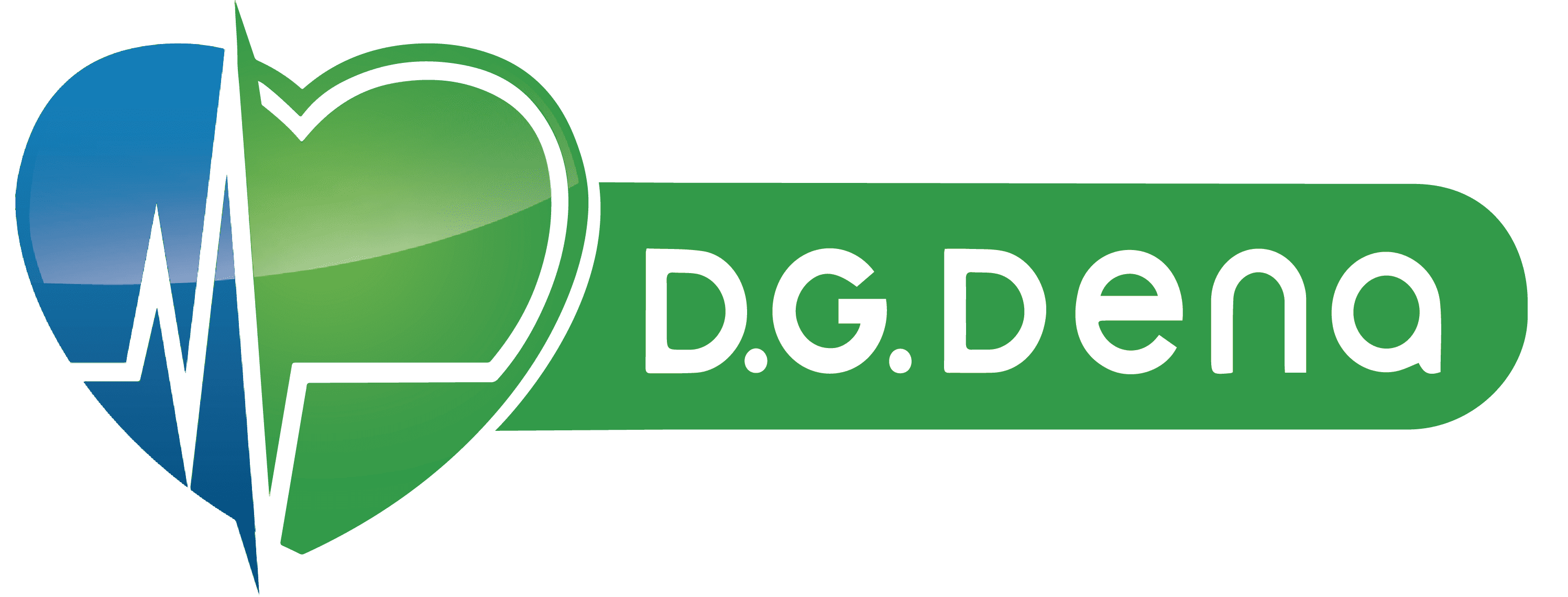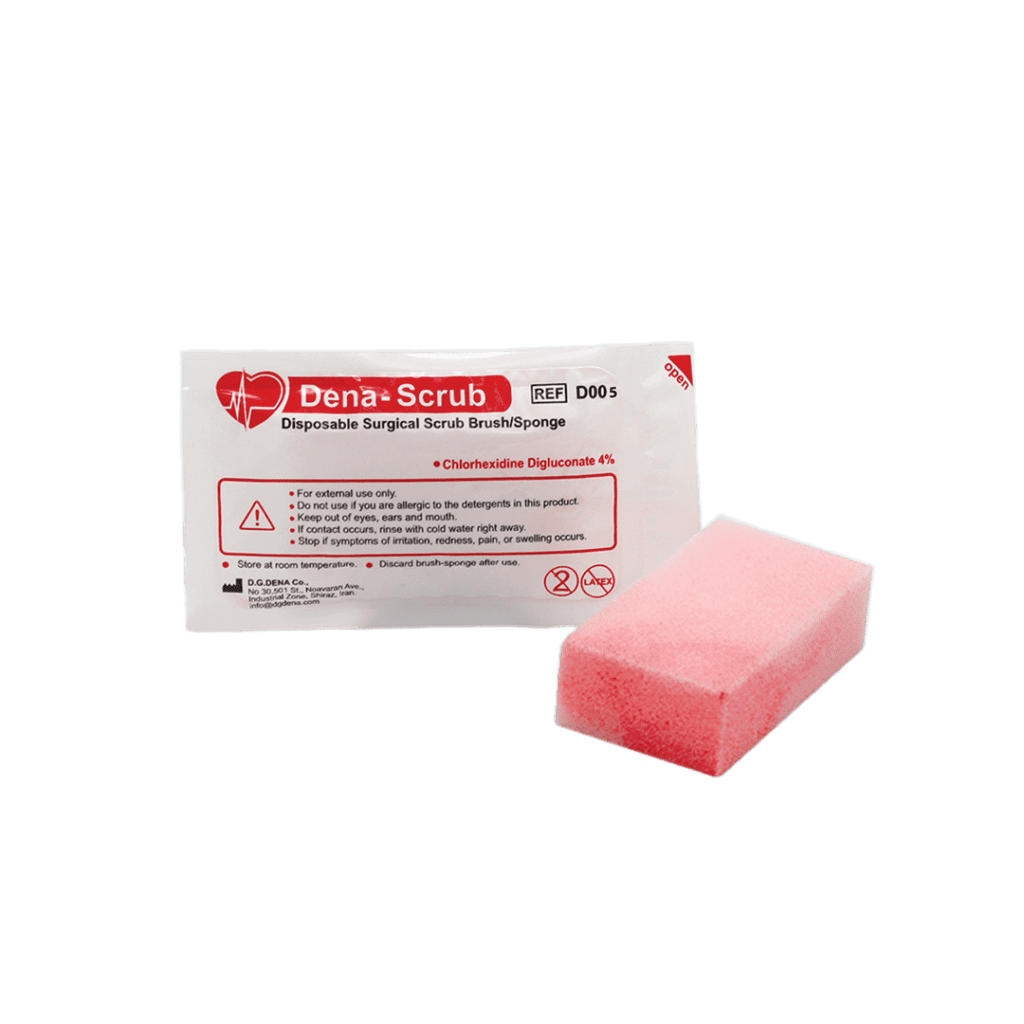Surgical Site Infection Treatment (SSI Prevention and Management)
Surgical site infections (SSI) are the most frequent complications of surgical interventions. They happen at the surgical site within 30 days post-surgery (or within 90 days for some surgeries with implants). SSIs Early treatment reduces complications, shortens hospital stays, and enhances patient outcomes. This article explores effective surgical site infection treatment techniques while offering insights into prevention techniques.
What Is Surgical Site Infection (SSI)?
SSIs are infections that arise in the tissues, organs, or exposed-to-surgery spaces. They fall into three broad categories:
Superficial Incisional SSIs: The skin and subcutaneous incision tissue.
Deep Incisional SSIs: Extending to deeper tissues, including muscles.
Organ/Space SSIs: Within internal organs or spaces between them, which can result in severe complications.
The risk of SSIs varies, with incidence cited at 1% to 3% for clean cases, but this may increase for cases involving contamination and high-risk sites. Early detection and prompt treatment can prevent further complications.
Surgical Site Infection Symptoms
Early Surgical Site Infection (SSI) sign identification can facilitate early intervention. The following are some of the symptoms:
- Incision site redness and swelling.
- Severe tenderness or pain around the incision.
- Heat around the wound.
- Pus or discharge.
- Fever, chills, or malaise.
Get a medical expert as soon as possible if you notice these symptoms to initiate treatment.

Surgical Site Infection Treatment
Surgical Site Infection (SSI) management is a combination of surgical, medical, and supportive care interventions depending on the severity and category of infection.
Antibiotic Therapy
Antibiotics are generally the first treatment for SSIs. The choice of antibiotic depends on the suspected or identified pathogen. Some commonly used antibiotics are:
Cephalexin: Good against skin infections from most common bacteria, but may produce mild gastrointestinal upset.
Clindamycin: Good for penicillin-allergic patients; active against gram-positive bacteria.
Amoxicillin-clavulanate: Broad-spectrum against resistant bacterial strains.
Vancomycin: Often used against methicillin-resistant Staphylococcus aureus (MRSA) infections.
Always follow the instructions for taking antibiotics and never self-medicate.
Surgical Debridement
If the infection has spread to deeper tissues or the wound contains necrotic tissue, surgical debridement may be necessary for surgical site infection treatment. This involves reopening the incision, removing infected or dead tissue, and cleaning the area thoroughly. More advanced techniques, such as negative pressure wound therapy (NPWT), may also be used to promote healing.
Wound Care and Dressing
The optimal management of Surgical Site Infection (SSI) is through wound care. Some of the most significant practices include:
- Keep the wound clean and dry.
- Using sterile antibacterial dressings.
- Frequent changing of dressings under medical guidance.
- Prevention of too much pressure or moisture on the wound.
Supportive Care
Aside from systemic signs like fever or inflammation, SSIs are manageable. Pain relief and antipyretics contribute to increasing patient comfort and recovery.
Surgical Site Infection Home Remedies
For early minor infections, home treatments can be applied to complement medical treatment. Ensure these measures are approved by your physician:
- Wash the wound with a mild antiseptic or saline solution.
- Avoid touching the incision area with contaminated hands.
- Use over-the-counter antibacterial ointments according to instructions.
- Cover the wound with sterile dressing.
Note: Home treatments do not substitute for professional medical care in moderate to severe Surgical Site Infections (SSIs).
Surgical Site Infection Prevention
SSIs Prevention is much easier and superior to its management. Prevention is a combined endeavor of the healthcare workers and patients.
Preoperative Measures
Use antimicrobial body scrubs, e.g., Chlorhexidine Digluconate, over the patient’s body before surgery. As an example, Dena Body Scrub is a good option for massive disinfection.
Provide proper hand hygiene for surgical staff. Surgical scrub brushes like Dena Surgical Scrub Brush help in sterilizing hands and forearms before procedures.
Intraoperative Measures
- Provide a sterile operating environment.
- Use sterilized instruments and disposable drapes.
- Reduce operating room traffic to prevent contamination hazards.
Postoperative Measures
- Educate patients on proper wound care.
- Arrange follow-ups at regular intervals to monitor healing.
- Prescribe prophylactic antibiotics for high-risk cases.
- Specialized Products for Surgical Site Infection (SSI) Prevention.
Dena Body Scrub
A pre-operative antiseptic wash using Chlorhexidine Digluconate. It reduces microbial load on patient‘s skin before surgery. Its medical-grade sponge for its application.
Dena Surgical Scrub Brush
It is designed specifically for operating room staff and is available in sterile and antiseptic-infused variants such as povidone-iodine and chlorhexidine. Its soft bristles and nail cleaner ensure effective hand disinfection.

Conclusion
Surgical site infection treatment is a significant component of postoperative care. Prompt antibiotic treatment, wound care, and surgery can control infections and prevent complications efficiently. Prevention remains the cornerstone, with preoperative and intraoperative measures significantly minimizing Surgical Site Infection (SSI) risks.
To acquire better SSI prevention products such as Dena Body Scrub and Dena Surgical Scrub Brush, simply call us on the numbers displayed on our site. Through ensuring cleanliness and infection control, we can have rapid recovery and optimal outcomes for surgery patients.



